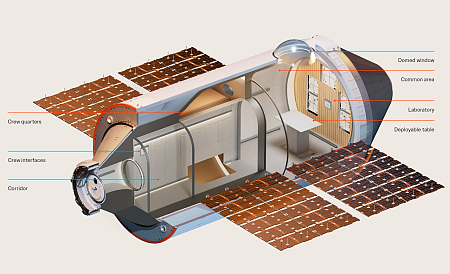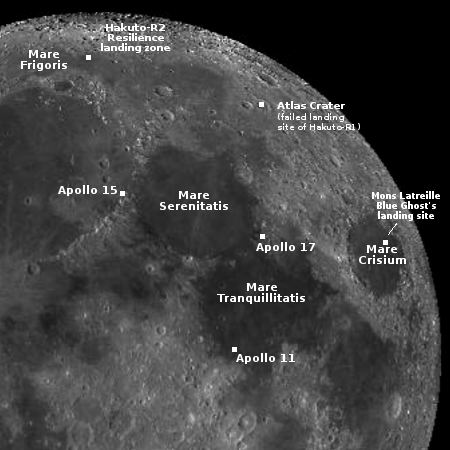SpaceX withdraws from process to bring Starlink to South Africa
In what appears to be directly related to the new South African law that will force the redistribution of private land holdings based on race, SpaceX this week withdrew from a meeting to discuss South Africa’s plan to license Starlink operations.
According to an Icasa spokeswoman, SpaceX notified Icasa on Wednesday evening that it would no longer participate in the oral presentations. The company had already made a written submission, which has not been withdrawn. It’s not clear why SpaceX decided to withdraw from the hearings – the company couldn’t immediately be reached for comment.
The withdrawal by SpaceX follows a post by Musk on his social media platform X that asked President Cyril Ramaphosa why the country has what he called “openly racist ownership laws”.
It is not surprising Musk had the company cancel its plans. Musk has more and more been learning about the corrupt and racist policies of the left, and since South Africa has been ruled for several decades by communists who have now decided to impose DEI quotas on land ownership that require a percentage of white-owned land to be confiscated to give to blacks, he has probably decided there are better places than South Africa to provide Starlink services.
In what appears to be directly related to the new South African law that will force the redistribution of private land holdings based on race, SpaceX this week withdrew from a meeting to discuss South Africa’s plan to license Starlink operations.
According to an Icasa spokeswoman, SpaceX notified Icasa on Wednesday evening that it would no longer participate in the oral presentations. The company had already made a written submission, which has not been withdrawn. It’s not clear why SpaceX decided to withdraw from the hearings – the company couldn’t immediately be reached for comment.
The withdrawal by SpaceX follows a post by Musk on his social media platform X that asked President Cyril Ramaphosa why the country has what he called “openly racist ownership laws”.
It is not surprising Musk had the company cancel its plans. Musk has more and more been learning about the corrupt and racist policies of the left, and since South Africa has been ruled for several decades by communists who have now decided to impose DEI quotas on land ownership that require a percentage of white-owned land to be confiscated to give to blacks, he has probably decided there are better places than South Africa to provide Starlink services.









